Whether or not you’ve already been to Rome, you may have noticed from pictures that some parts of this ancient structure are missing. Unfortunately, that’s correct. The monument lost its original shape centuries ago. Despite this sad event though, the Colosseum managed to preserve its charm and beauty, and nowadays, this landmark is still capable of surprising its visitors, either for history buffs or general visitors. So how did the Colosseum break?
Robbing the Marble of the Colosseum
The Colosseum, also known as the Flavian Amphitheatre, went through some rough events centuries before the actual break. With the end of the glorious Roman imperial age, people decided to give a new life to this monumental landmark. That’s the reason why the Colosseum was initially abandoned and then used as a grave during the Middle Age.
Throughout these years, Roman citizens began using its marble to build new constructions all around the city. People were allowed to go in and out from this landmark with large amounts of marble. That’s why, even before the events that led to the actual break, the Colosseum already appeared mutilated.
Colosseum Earthquake of 1349
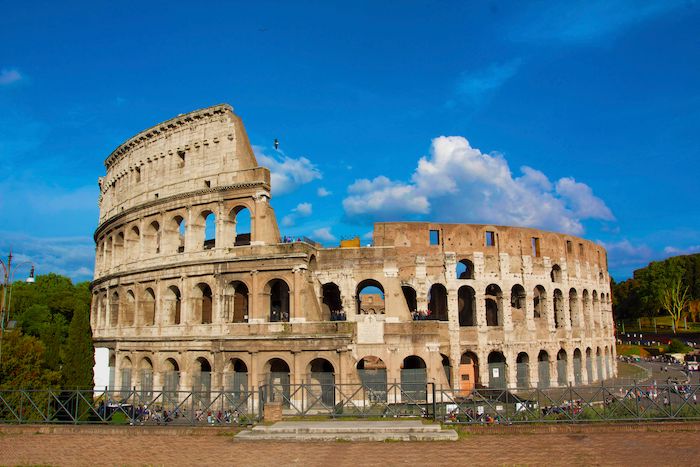
We all are very well aware that what we can see today of the Colosseum is not its initial shape and that some tragic event led to a massive break in this landmark. Then, let’s see what caused it.
In 1349, Rome was profoundly devastated by a tragic earthquake and, sadly, the Colosseum was seriously harmed. All its south side collapsed, and the Flavian Amphitheatre assumed its “characteristic” look that we can still admire today. Nobody thought about a possible reconstruction immediately after and some restoration was only started centuries after this catastrophe.
How was the Colosseum involved?
Although the epicenter of the earthquake that touched Rome in 1348 was far away, in the central Apennines, the Colosseum collapsed anyway. Why then? Why didn’t this monumental landmark resist despite its mass? The answer to these questions can be found in the terrain where the Flavian Amphitheatre was erected. This land is pretty unstable due to the presence of several river sediments. This land is softer than what it should be or it is elsewhere around Rome. In particular, the South side of the landmark was erected on this kind of land and that’s why, during the earthquake, it collapsed immediately. Of course, throughout the ages, Rome has worked to consolidate the land in order to avoid something like this earthquake causing some more damage.
Other Earthquakes in Italy
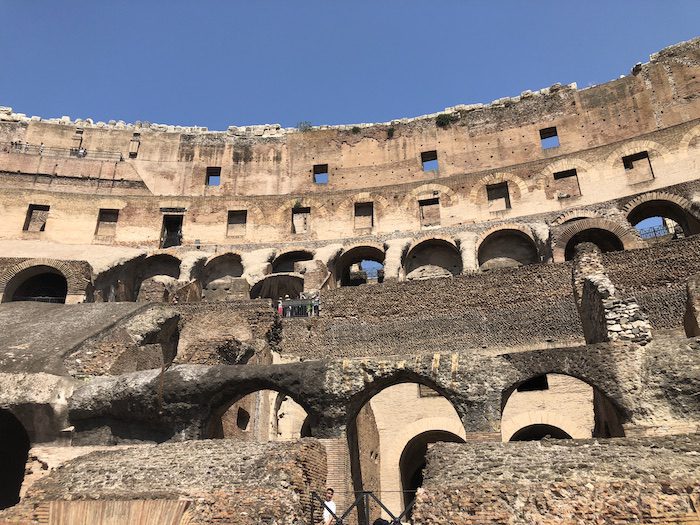
It’s clear that the Colosseum definitely doesn’t have such a lucky history. While the 1348 earthquake was probably the one that caused the largest amount of damages, this landmark got hit by some other earthquakes throughout the centuries. In 1349, only one year after the devastating event, the Flavian Amphitheatre had to face another earthquake and then another one in 1703. These two events did not destroy the landmark as much as the 1348 earthquake but, absolutely, did no good to the main structure.
Colosseum Restoration
Ever since the tragic event, the Romans cared about the Colosseum and restored it multiple times to preserves its charm and beauty. The most recent restoration involved the main façade of the landmark and cost almost 25 million euros. The works lasted three years and were completed a few months before the actual deadline.
As a result, the Colosseum got its marble shinier than ever. This landmark was in need of restoration as, pretty close to the main structure, several cars are still allowed to circulate. This daily traffic caused throughout the decades some black stains all above the façade that were cleaned up and shown to the public in all its magnificence.
Top Colosseum Tours
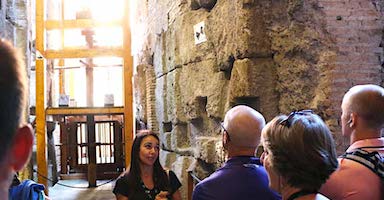
Best Seller
Semi-Private Colosseum Underground Tour with Roman Forum and Palatine Hill
Only 2% of visitors to the Colosseum are able to see the Underground, making tours a rare, exclusive experience. Our tours give you access to the Underground, Arena Floor, and first and second tiers—areas most people never see. Skip the line and enjoy priority access, guided by an expert who brings the Colosseum’s rich history to life. These spots sell out quickly, so don’t wait—secure your place now for this unforgettable opportunity.
See Prices
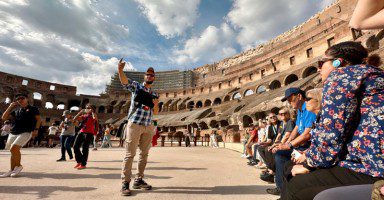
Customer Favorite
Special Access Colosseum Arena Floor Tour Through the Gladiator’s Gate
Reaching the Colosseum’s Arena Floor is no easy feat; tickets sell out quickly, leaving most visitors stuck in crowded corridors with limited views. With us, bypass the lines and enter through the Gladiator’s Gate to stand on the Arena Floor, giving you a front-row view of Rome’s nearly 2,000-year-old symbol of power and glory. With your friendly guide, uncover the Colosseum’s brutal past, then continue to the Roman Forum and Palatine Hill to explore the epicenter of ancient Roman life.
See Prices
Colosseum Renovations and Restyling
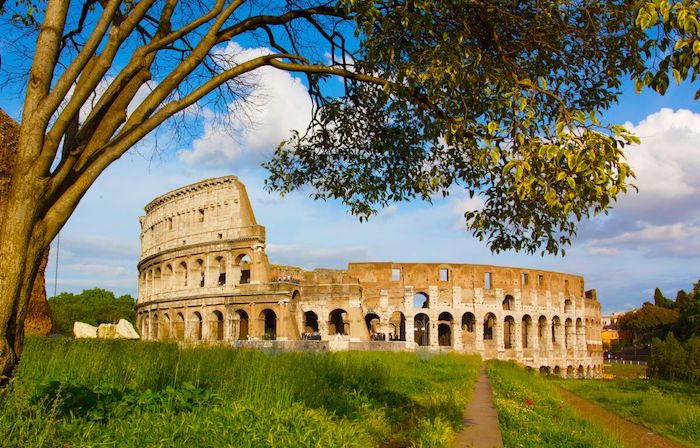
The city of Rome also opted for some interventions to give to this landmark a new light. That’s why recently two types of renovations got started. The first one involved all the parks around the Colosseum, which will be renovated in order to give this landmark a magical surrounding of trees and special plants.
Also, Rome decided to work on the restyling of the light system used for the Colosseum. After these renovations, every night the Flavian Amphitheatre should be able to shine brighter than ever!
Hey, we sell tours too!
We love sharing the history of the Colosseum with you online, but what we’d love even more is to walk you through this monument’s rich history while you’re in Rome. Make sure to check out our best Colosseum tours and pick which one works the best in your itinerary!
Here’s Where To Stay in Italy’s Most Popular Destinations
Rome, Florence, Venice, Amalfi Coast, and Capri
I Want More Italy!
- If you want us to arrange the entertainment in Rome (and beyond!), contact our Trip Planning Team to coordinate an unforgettable Italian experience.
- Check out our YouTube video and step-by-step guide about how to do Rome in a Day. If you’d rather let us guide you, check out our Rome tours.
- Not sure where to stay in Rome? Read this guide!
- Follow our adventures in Italy on Facebook, Instagram and YouTube. Then, comment and tell us what you want us to cover next.
- Looking for awesome tips for cities all over Europe? Check out The Tour Guy Travel Blog!
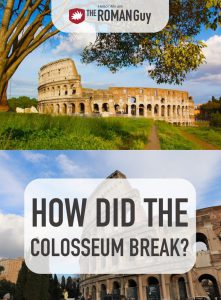

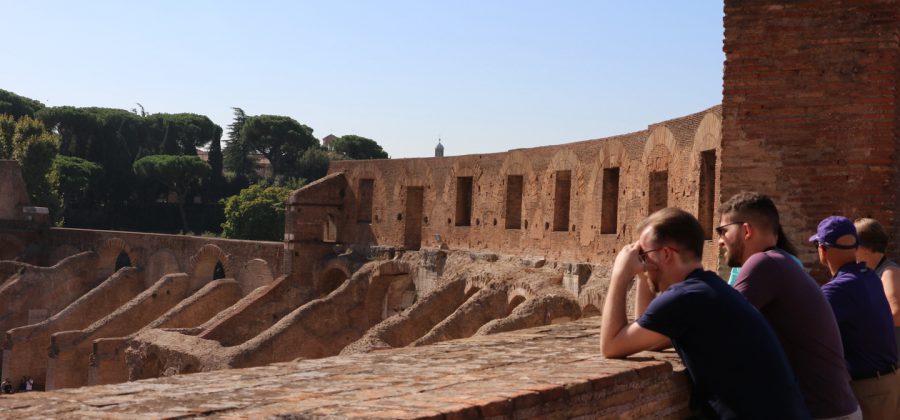
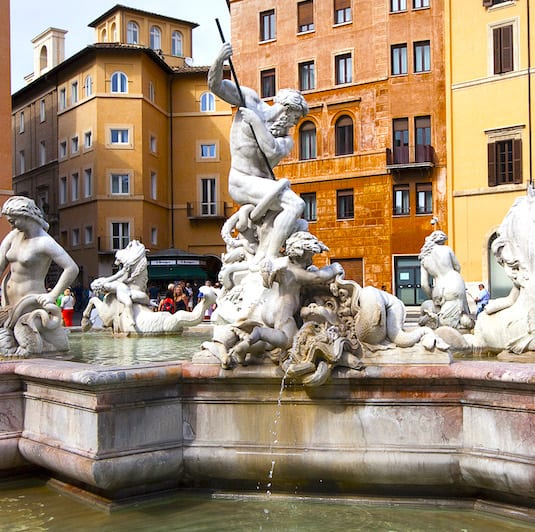
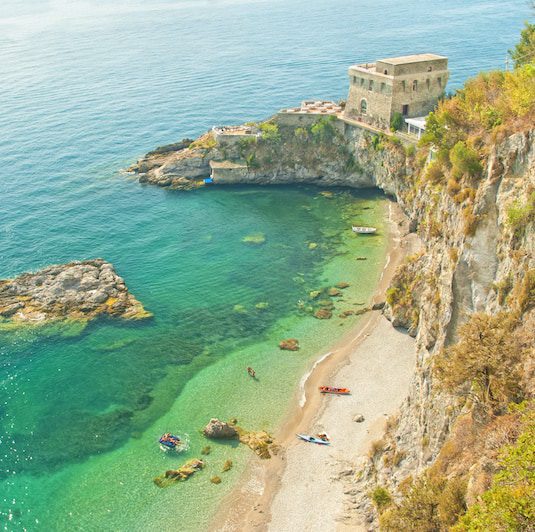
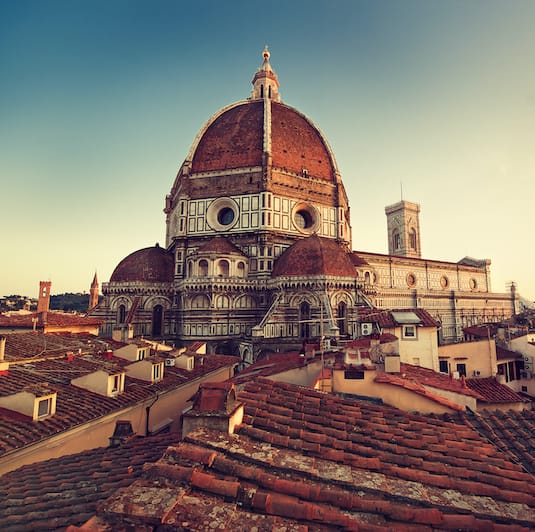
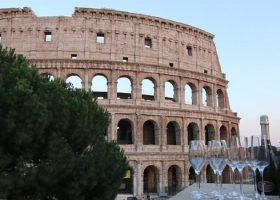
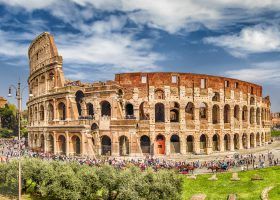
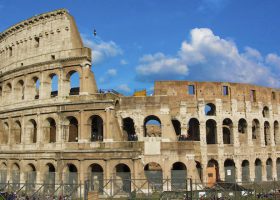
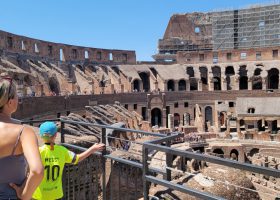
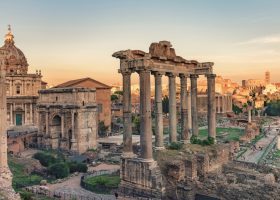
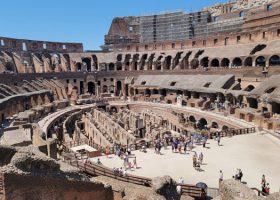
Leave a Comment